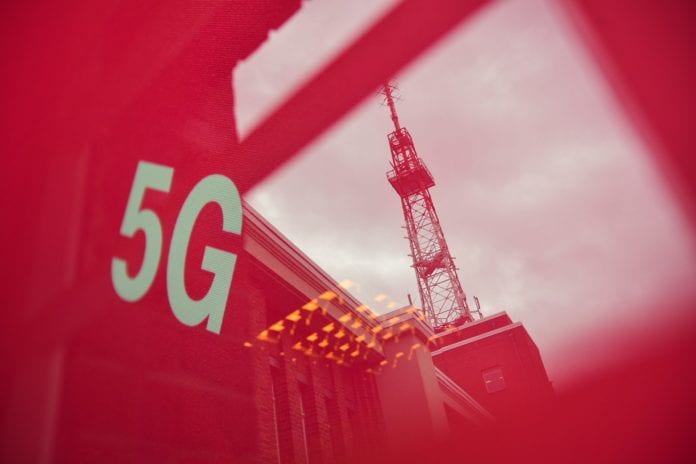German telco Deutsche Telekom said that a total of over 63,000 antennas are already transmitting 5G across the country, providing coverage to over 90% of the population.
In a release, the operator said that it had activated 159 new 5G locations in Germany during January.
The European telco noted that it currently has more than 4,000 5G antennas in operation in the 3.6 GHz band, with more than 180 cities and municipalities already benefiting from it. Some of the cities where the telco offers 5G via 3.6 GHz spectrum are Aachen, Augsburg, Berlin, Bonn, Braunschweig, Bremen, Darmstadt, Dortmund, Duisburg, Düsseldorf, Essen, Frankfurt/Main, Hamburg, Hanover, Jena, Kiel, Cologne, Leipzig, Ludwigsburg, Munich, Nuremberg, Saarbrücken, Schwerin, Stuttgart, Wiesbaden and Wolfsburg.
Deutsche Telekom currently uses two frequencies for 5G. The 3.6 GHz frequency enables the fastest download speeds. This high-speed 5G is mainly used in densely populated regions. In addition, Telekom uses the longer-wave 2.1 GHz frequency.
The telco kicked off the rollout of its 5G network in a limited number of cities across Germany at the beginning of July 2019.
During the course of this year, Deutsche Telekom also wants to use its 700 MHz frequencies for the provision of 5G services.
“Our 5G goal for this year is to continuously improve the customer experience,” said Walter Goldenits, head of technology at Deutsche Telekom Germany. “To this end, we will continue to expand rapidly and, above all, rely on network innovations. All of our antennas in the 3.6GHz band are technically enhanced for 5G standalone. We also reserve our spectrum in the 700 MHz range for 5G. We will launch 5G standalone commercially this year.”
Deutsche Telekom said it is already working with partners to develop applications that can only be implemented with the new network functions using the standalone network architecture.
“We have a high demand for campus networks for industry. From the exhibition center in Hanover to the refinery in Schwedt to the port of Hamburg – we have already set up more than a dozen campus networks. We have also put the first campus network with 5G standalone into operation in an exhibition hall in Hanover,” Goldenits added.
Over 53% of the German territory is covered by at least one provider supplying 5G as of the end of October 2021, according to the latest available data from the Federal Network Agency (Bundesnetzagentur).

